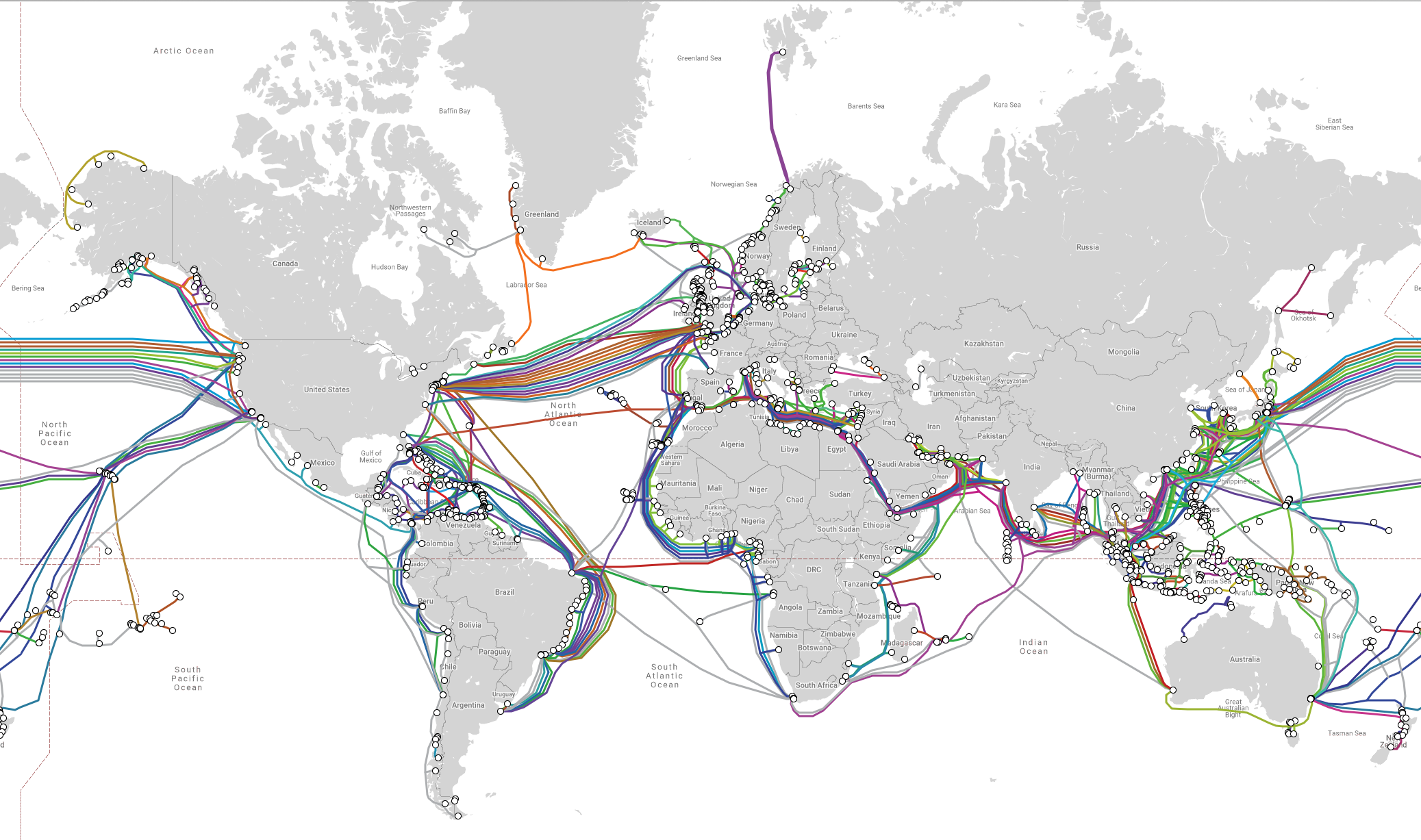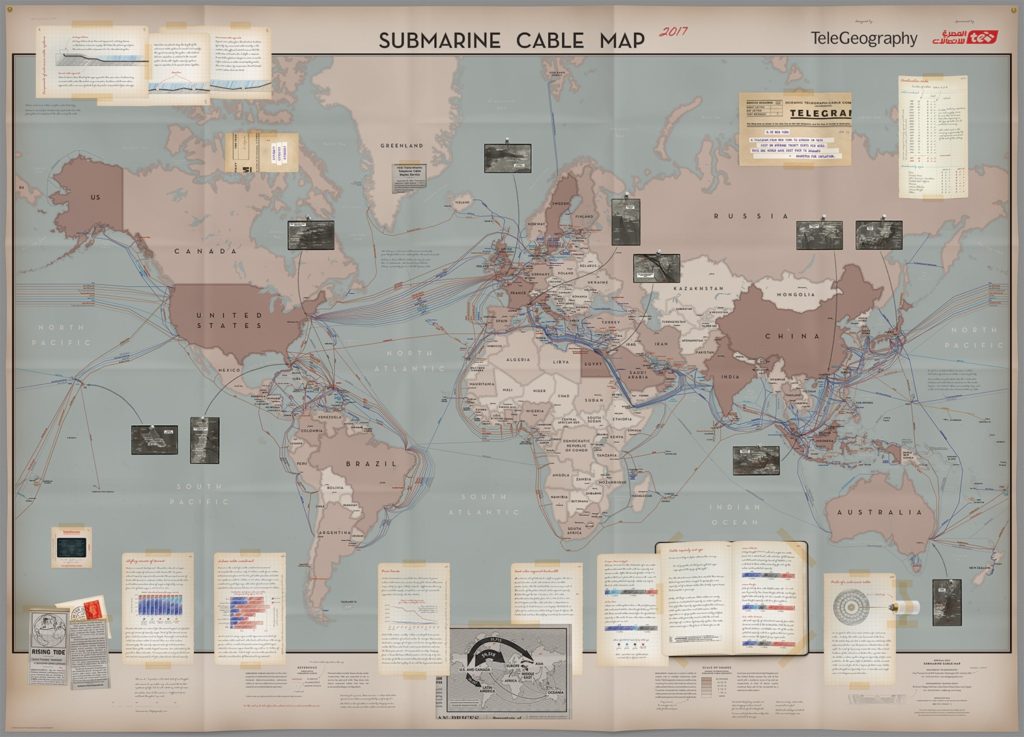
Different by designĪdding more fiber pairs might seem like an obvious solution, but in practice it demands a complete rethink of the system design. A copper layer is used for electrical conductivity, while steel cladding strengthens the structure. Compared with the previous state-of-the-art (the MAREA link, with its eight optical channels), Dunant delivered a 40% increase in capacity.ĭesigned for life: A submarine cable must be engineered to survive the underwater environment for several decades, while also providing sufficient power to maximize the amount of data that can be sent through each fiber pair. Rather than maximizing the capacity on each optical channel, Google worked with its technology partner SubCom to deploy the first long-distance subsea cable to support 12 separate fiber pairs. Such capacity increases have generally been achieved by ongoing advances in fiber and transmission technologies that have increased the amount of data that can be sent through each fiber pair. That has driven intense technical innovation to send more information over each subsea link, with capacities rising from a few hundred gigabits per second (Gbps) in the 1990s to 250 terabits per second (Tbps) for the fattest pipe now in service-Google Cloud’s Dunant cable, which in 2021 connected Virginia Beach in the United States with Saint Hillaire in France. With each new deployment costing hundreds of millions of US dollars, submarine cable systems need to be designed with longevity in mind. Demand on subsea links is now expected to increase at a compound annual rate of 30%–50% between 20, with the most rapid growth expected on routes across the Pacific Ocean and between Europe and Africa.Īfter a lull in activity around a decade ago, the last few years have seen a rapid uptick in installations of submarine cables across all major routes. The industry analyst TeleGeography estimates that more than US$10 billion worth of new subsea cables will enter service between 20, adding to new installations over the previous five years with a combined price tag of US$9.2 billion.


Most new deployments are being funded by the likes of Google, Amazon, Microsoft and Meta, which together now account for around two-thirds of all internet traffic-and a jaw-dropping 90% on the busiest trans-Atlantic links. Submarine installations back on the riseĪfter a lull in activity around a decade ago, the last few years have seen a rapid uptick in installations of submarine cables across all major routes. Global Links: The world’s oceans are home to more than 1.3 million km of optical fiber that provides crucial communications links all over the world. These underwater links-which combine ultrafast data transfer with the security and reliability needed to underpin such critical infrastructure-now carry 99% of the world’s telecommunications traffic. But the urgent need for extra bandwidth also extends to the submarine optical cables that provide the crucial connections between continents. The most tangible sign is in the access networks, with dedicated fiber connections now reaching out to homes and businesses to satisfy their increasing dependence on video platforms and cloud computing. Network operators are responding to that surging demand by accelerating plans to add capacity to their infrastructure. (An exabyte is 10 18 bytes, or a billion gigabytes.)


According to the Ericsson Mobility Report, the amount of data consumed by the world’s population will more than triple over the next five years, extending beyond 900 exabytes per month by 2027. That trend shows no sign of slowing down, with new applications and services capturing attention and millions more people becoming connected to the internet every year. The spread of streaming services, the advent of 5G mobile networks and the rapid rise of video calling and virtual work during the COVID-19 pandemic boosted global internet usage by almost 30% per year between 20. The world’s growing reliance on mobile and digital technologies is driving a seemingly insatiable demand for data. Network operators are laying more submarine cables with ever-higher capacities to support demand for data services.


 0 kommentar(er)
0 kommentar(er)
